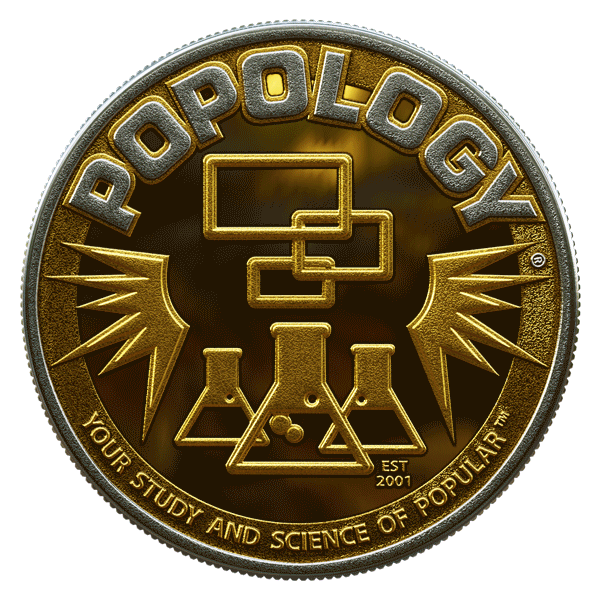Let us explore the modern-day magic of haiku and discover how Japanese American - a modern Day master of the english language form sees this ever-evolving poetry working wonders for our modern age.

What is Haiku and where did it come from, where is it now?
Haiku, a Japanese poetic form, has its roots in the 17th century. It evolved from a longer poetic form called tanka, which consisted of five lines with a 5-7-5-7-7 Sound symbol pattern.
The early haiku masters, including Matsuo Basho, Yosa Buson, and Kobayashi Issa, refined the tanka form, focusing on the first three lines (5-7-5 sound symbols) and emphasizing the seasonal elements (kigo) and the juxtaposition of contrasting images through what is called A 'kireji' which is a Japanese word that means "cutting word" and is a required technique in traditional haiku poems
a clip from Tazuo's Film - Haiku The Art of the short poem - featuring many contemporary english haiku masters including
the late great William Higginson - author of the popular book - The Haiku Handbook
Haiku's popularity spread beyond Japan, and it has been adapted and embraced by poets worldwide. Its concise form, emphasis on nature, and ability to evoke deep emotions have made it a beloved and influential poetic tradition. In the english language form the sound syllables transformed into syllables. Some english language haiku poets still use the 5-7-5 syllable count while others have abandoned that and just make 'brevitY' the Priority coming in under 17 syllables.
A Japanese american - A Modern master of the english form of modern Haiku - continues the tradition
Tazuo Basho Yamaguchi is a full-blooded Japanese descent born in Tokyo, Japan, and raised as an American in California. His grandparents migrated to Japan via Hawaii. After building a successful agriculture consulting business in the Sacramento Valley, Executive Order 9066 was issued in California in February 1942, leading to the internment of Tazuo's grandparents and parents.

Raised without his natural heritage, Tazuo's native Japanese language was removed, and his cultural heritage was not passed on. His only exposure to Japanese culture was through the calligraphy scrolls in his grandparents' house and a formal introduction to Japanese haiku in its reformed form—a three-line poem about nature with a 5-7-5 syllable count.
Beginning his research and writing short verse in sixth grade, Tazuo kept his poetry to himself until his late teens. In his early twenties, he fully embraced his poetic journey, discovering that other poets, including the Beats (Jack Kerouac, Gary Snyder), and Black American poets (Richard Wright, Etheridge Knight, Sonia Sanchez), had also written haiku.

At the Taos Poetry Circus in the mid-nineties, Tazuo was mentored by the late great Nano Sakaki and began his serious practice of haiku. He entered the performance haiku arena and, in 1996, became a national champion in the head-to-head competition at the National Poetry Slam. Tazuo went on to host 10 years of head-to-head competitions nationwide and produced the first film about English-written haiku, interviewing Sonia Sanchez and the late great William Higginson (author of the Haiku Handbook).
TazuO is a master of the contemporary English haiku, excelling in written compositions, competitive arenas, and performances. He traces the form's lineage back to its Japanese origins, honoring the early innovators of English haiku and recognizing its current popularity in performance settings.

TazuO is a two-time world champion in head-to-head haiku competitions. He has hosted numerous national haiku tournaments for over a decade and remains available to host events. TazuO's hosting style incorporates elements of the ancient "shell game" invented by Matsuo Basho, blending them with contemporary hip-hop MC battle formats and classic head-to-head competition structures.
A memorable match from the infamous 2000 SlamAmerica Bus Tour featured two national champions going head-to-head. Tazuo faced off against Los Angeles-based national champion Debrah Elder Brown, improvising every haiku he recited during the battle.
TazuO is Chief Publisher and editor of a publication (in print and animated format) called "Minglewood,". He has published 13 volumes which showcases contemporary performance poets presenting accessible work designed for spoken performance. As of October 2024, "Minglewood" is back! In a video format presented by Tazu and fellow Chicago-based national haiku champion Billy Tuggle (chief editor), the publication features the original cover illustrator Matt Held (aka Pizzacat).
"Minglewood" haiku will eventually be adapted into a television-formatted competitive show. The "shell game" will be presented in a contemporary internet media format through Popology Networks.
Submit to the Winter 2024-2025 newley video formated Minglewood haiku - *info in video below


Very Educational Post! Thank you IPC!